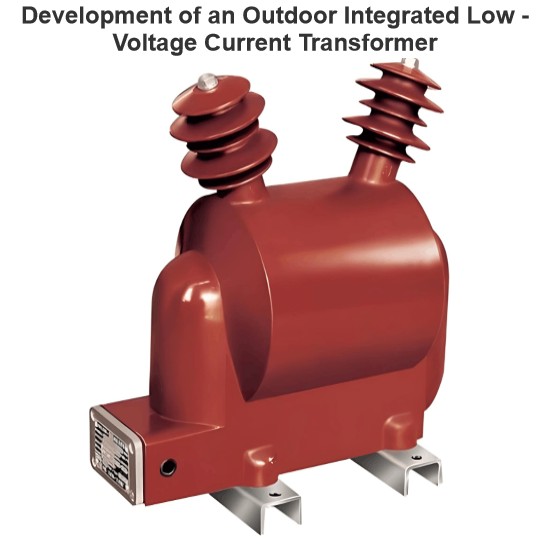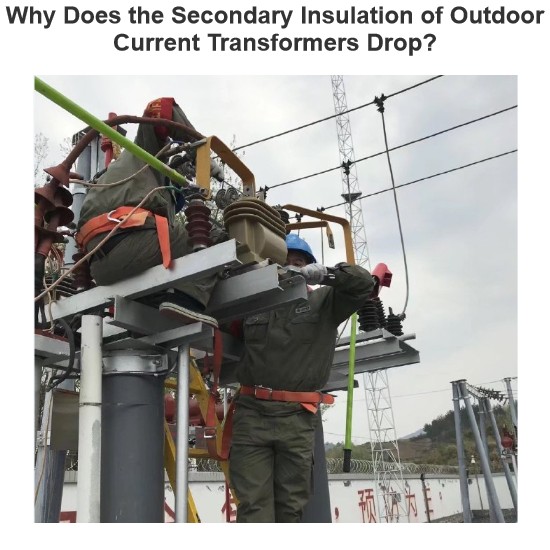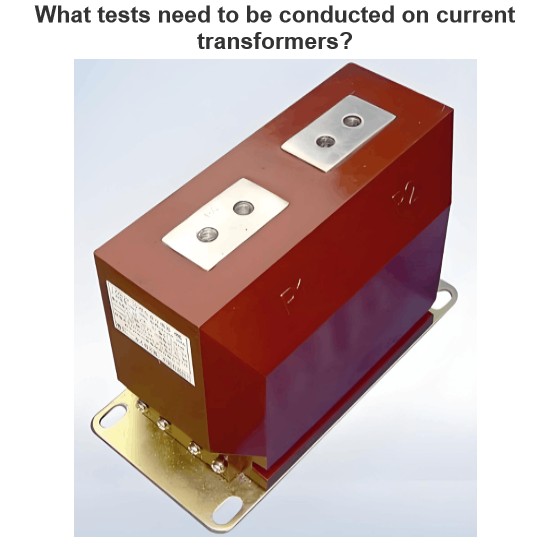What might be the future development trends of outdoor current transformers?
I'm Echo, a 12-Year Veteran in the CT Industry, Talking About What's Coming Next
Hi everyone, I'm Echo, and I've been working in the current transformer (CT) industry for 12 years.
From learning wiring and equipment debugging with my mentor to now leading a team tackling complex on-site issues, I've witnessed many technological advancements and industry changes. Especially with outdoor current transformers, there have been significant developments, but also much room for improvement.
A few days ago, a friend asked me:
“Echo, what do you think the future holds for outdoor current transformers?”
Great question! Today, I want to share with you:
What are the potential future trends for outdoor current transformers? Which new technologies might change our work methods?
No jargon, just plain language based on my experience over these years. Let’s dive in!
1. Smarter Monitoring and Diagnostics
1. Real-time Condition Monitoring
Current CTs are mostly maintained reactively — we fix them when they break down. The future trend is to use sensors and IoT technology for real-time condition monitoring — like giving CTs a "health watch" to always know their operational status.
For example:
- Monitoring environmental parameters such as temperature and humidity;
- Checking if insulation resistance is normal;
- Early warning of potential faults.
This way, we can detect problems before they become serious and avoid sudden failures.
2. Remote Diagnostics and Maintenance
With the development of 5G and cloud computing, remote diagnostics will become standard. No longer will technicians need to go to the site to troubleshoot; instead, remote analysis and maintenance can be performed via cloud platforms.
This is a game-changer for remote or hard-to-reach locations!
2. Innovations in Materials and Design
1. Enhanced Weather Resistance Materials
The biggest enemy of outdoor CTs is harsh natural environments — wind, rain, snow, salt mist corrosion. Future CTs will use more advanced weather-resistant materials, such as:
- New nano-coatings: Improving water and dust resistance;
- High-strength composite materials: Enhancing impact resistance and anti-aging performance.
These new materials not only extend the life of the equipment but also reduce maintenance workload.
2. Compact and Modular Design
To meet different application scenarios, future CTs will be more compact and lightweight. Modular design will also become mainstream, making it easier to replace and upgrade components.
For example:
- Removable housing designs make inspection easier;
- Plug-and-play internal components simplify repair processes.
3. Green Energy Saving and Environmental Protection
1. Energy-efficient Designs
As global attention to energy conservation and environmental protection increases, future CTs will move towards lower energy consumption. For instance:
- Using efficient magnetic core materials to reduce losses;
- Optimizing circuit design to minimize heat generation.
This not only saves electricity costs but also reduces carbon emissions, aligning with sustainable development goals.
2. Application of Recyclable Materials
Future designs will increasingly consider environmental factors, using recyclable or biodegradable materials to minimize environmental impact.
4. Higher Accuracy and Reliability
1. High Precision Measurement
With the increasing demand for metering accuracy in power systems, future CTs will offer higher measurement precision. Particularly in the context of integrating renewable energy into the grid, accurate current measurement is crucial.
2. Redundancy Design for Improved Reliability
To ensure stability at critical nodes, future CTs may adopt redundancy designs, installing multiple CTs at the same location as backups. If one CT fails, others can immediately take over, ensuring continuous system operation.
5. Summary and Outlook
As someone who has worked in the CT industry for 12 years, here's my takeaway:
"Future outdoor current transformers won't just be simple current conversion devices; they'll become smarter, more durable, and more environmentally friendly."
If you're interested in future technologies or want to learn more about new developments in CTs, feel free to reach out. I’m happy to share more practical experiences and the latest trends.
May every CT run stably, safeguarding the reliability and precision of our power grid!
— Echo
As an expert in the application and trends of electrical equipment, I have a profound mastery of knowledge in circuits, power electronics, etc. I possess a comprehensive set of abilities including equipment design, fault diagnosis, and project management. I can precisely grasp the industry's pulse and lead the development of the electrical field.













